Properties
| Storage Buffer | 20mM Tris/HCl pH7.5, 0.45M NaCl, 10% glycerol, 0.5mM DTT |
| Storage Temperature | -20ºC |
| Shipping Temperature | Blue Ice or 4ºC |
| Purification | Affinity Purified |
| Cite This Product | Human Recombinant Rab5 Protein (StressMarq Biosciences | Victoria, BC CANADA | Catalog# SPR-121) |
| Certificate of Analysis | This product has been certified >90% pure using SDS-PAGE analysis. |
Biological Description
| Alternative Names | Rab5, Rab5A, Ras-related protein Rab-5A, RAS associated protein RAB5A, RAB5A member RAS oncogene family |
| Research Areas | Cancer, Heat Shock |
| Cellular Localization | Cell membrane, Early Endosome Membrane, Melanosome |
| Accession Number | BC001267 |
| Gene ID | 5868 |
| Swiss Prot | P20339 |
| Scientific Background |
Rab5 is a small GTPase of the Ras superfamily that plays a central role in regulating early endocytic trafficking. It cycles between an inactive GDP-bound state and an active GTP-bound state, a process tightly controlled by regulatory proteins such as GEFs, GAPs, and GDIs. In its active form, Rab5 associates with early endosomal membranes, where it recruits effector proteins like EEA1 and Rabaptin-5 to mediate vesicle docking, fusion, and cargo sorting. In neuroscience, Rab5 is essential for maintaining synaptic function and neuronal homeostasis through its regulation of receptor internalization, endosome maturation, and axonal transport. Dysregulation of Rab5 activity has been linked to impaired endosomal trafficking, a hallmark of several neurodegenerative diseases including Alzheimer’s and Parkinson’s. In Alzheimer’s disease, for example, Rab5 overactivation is associated with enlarged early endosomes and disrupted amyloid precursor protein (APP) processing, contributing to amyloid-beta accumulation. Rab5 also plays a role in neurotrophin signaling and synaptic plasticity, making it a key player in both neuronal development and degeneration. Its localization to early endosomes and the plasma membrane makes Rab5 a valuable marker for studying endocytic dysfunction in neurodegenerative models. |
| References |
1. Stenmark H., and Olkkonen V.M. (2001) Genome Biol. 2: 3007.1-3007.7. 2. Takai Y., et al. (2001) Physiol. Rev. 8:, 153-208. 3. Ali B.R., et al. (2004) J. Cell Sci. 117: 6401-6412. 4. Zerial M., and McBride H. (2001) Nat. Rev. Mol. Cell Biol. 2: 107-117. 5. Sonnichsen B., et al. (2000) J. Cell Biol. 149: 901-913 6. Woodman P.G. (2000) Traffic. 1: 695-701. |

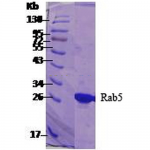
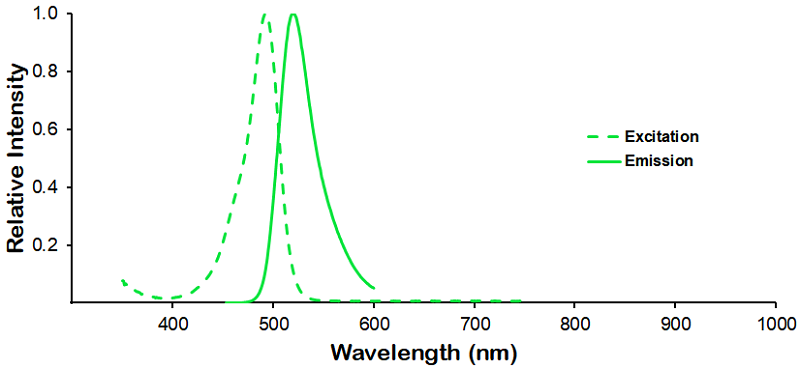
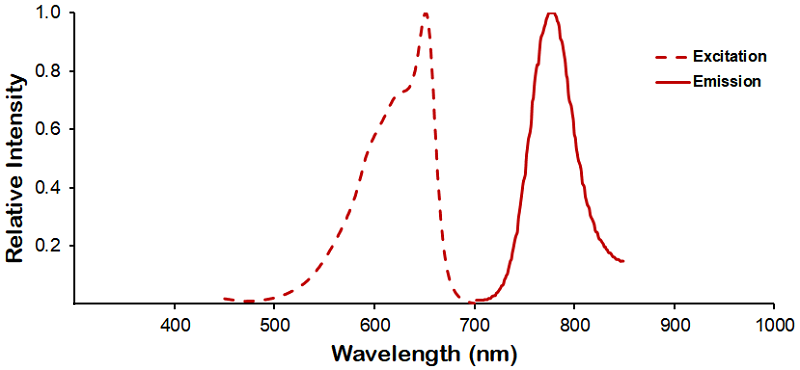
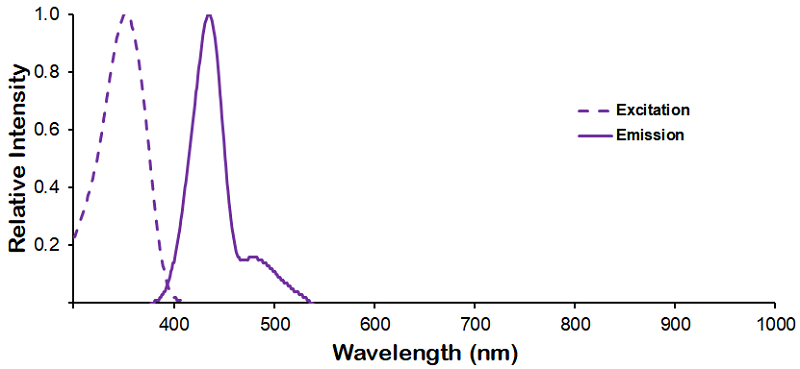
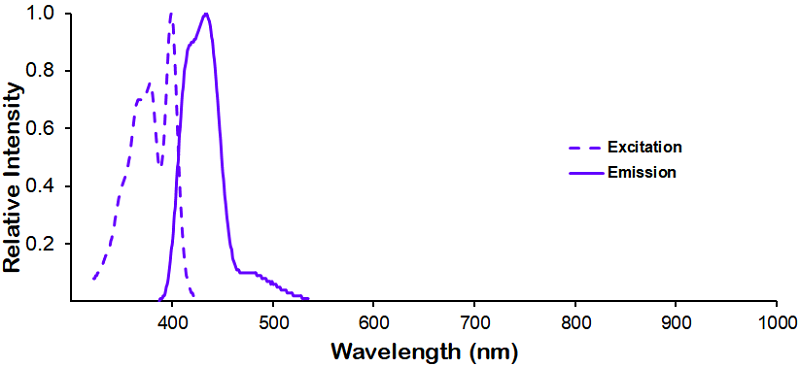
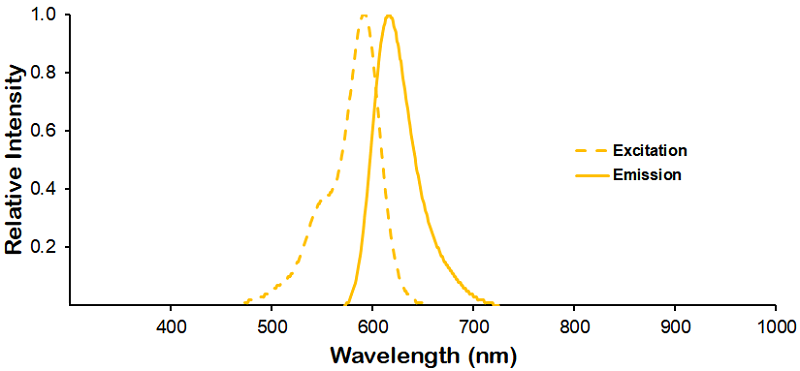
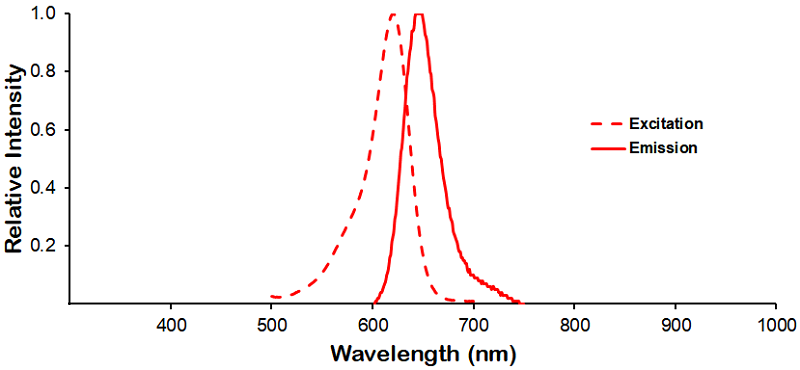
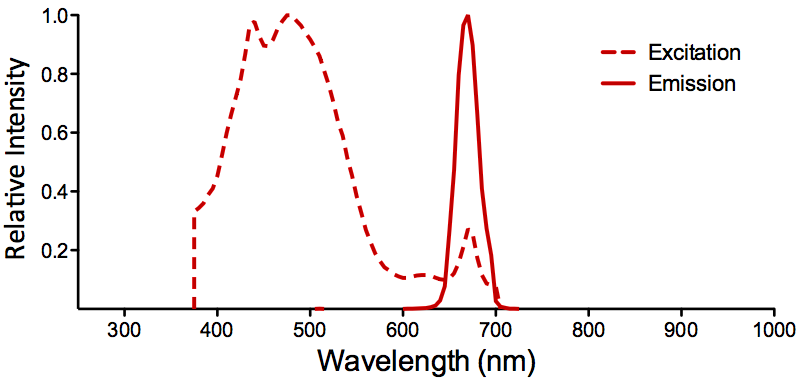
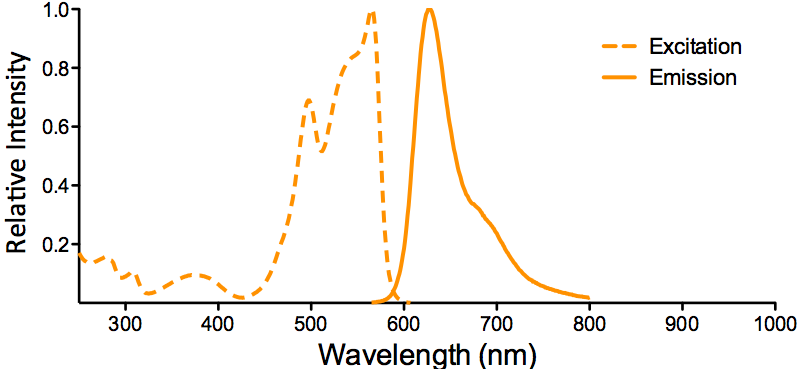
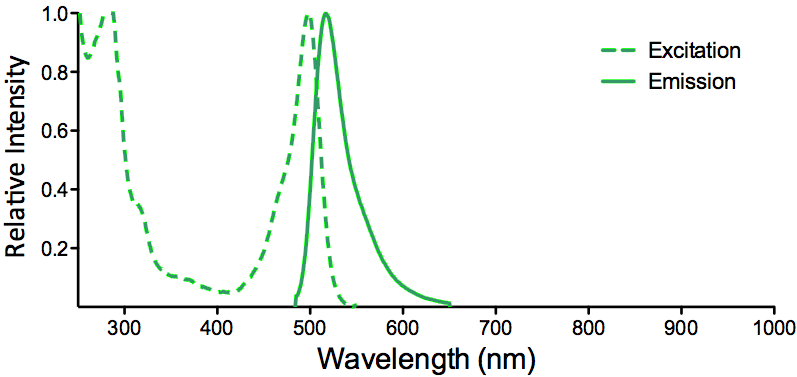
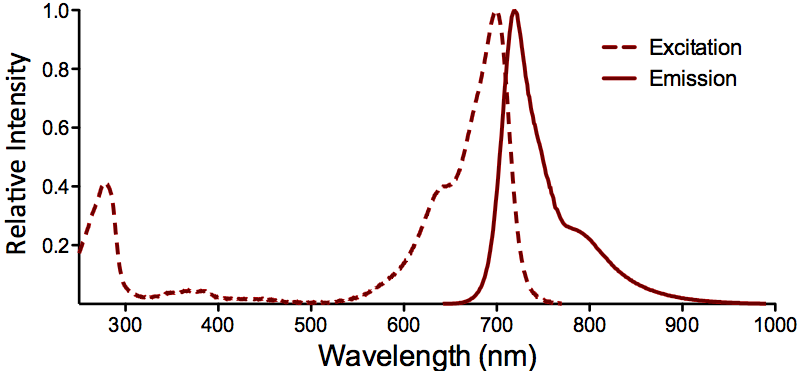
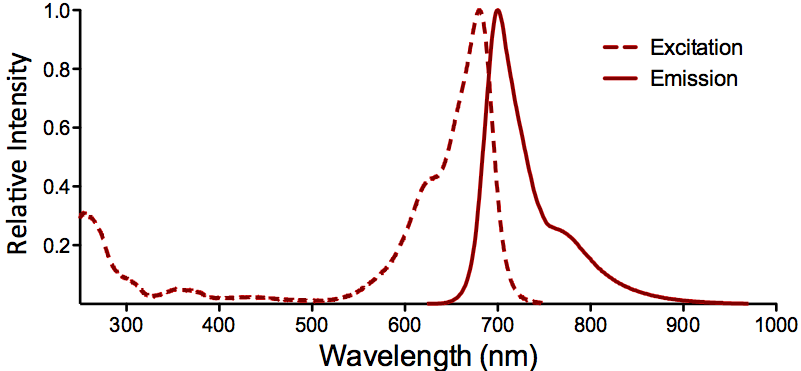
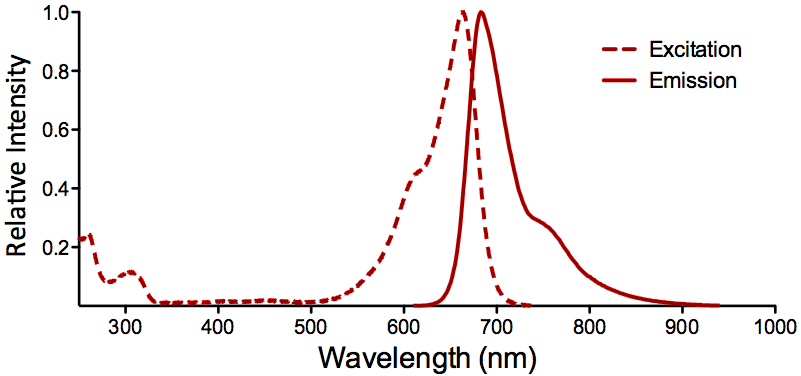
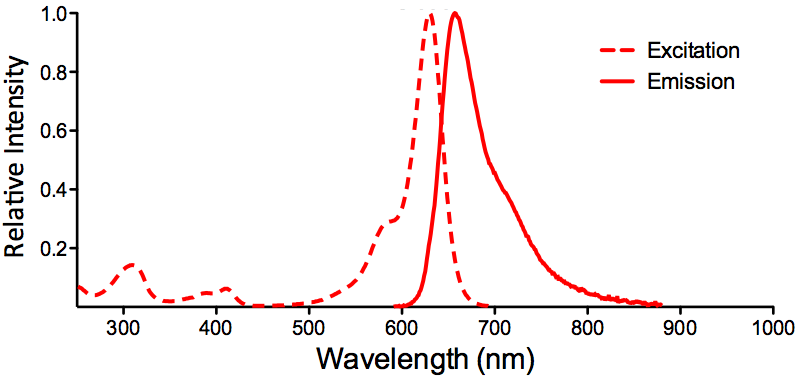
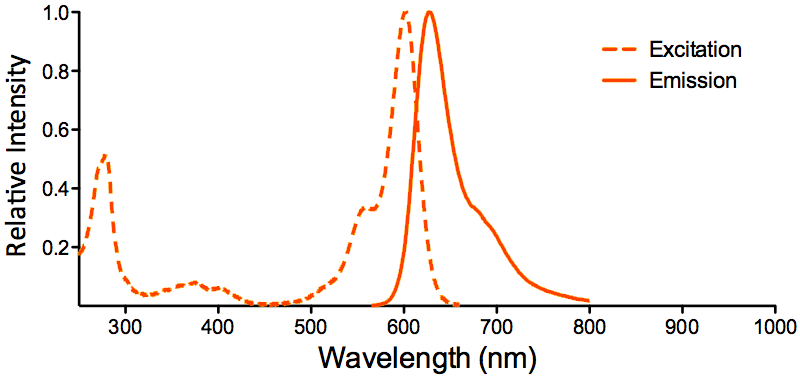
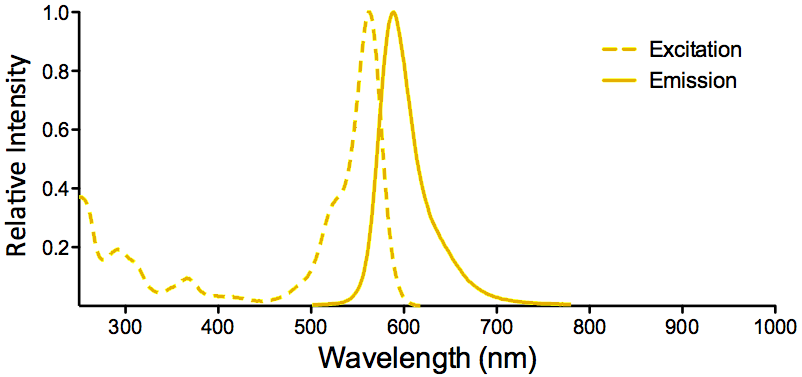
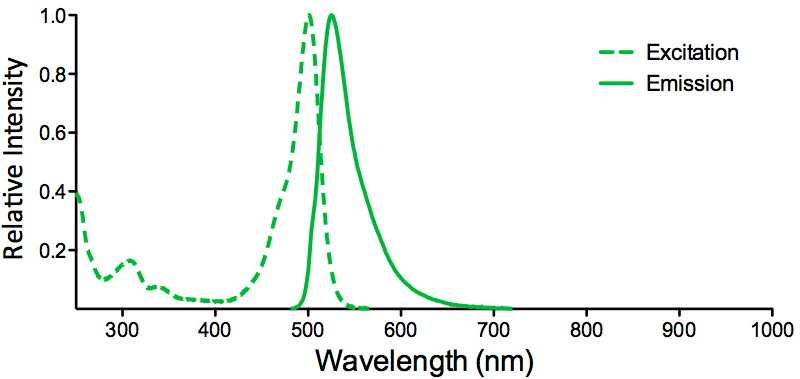
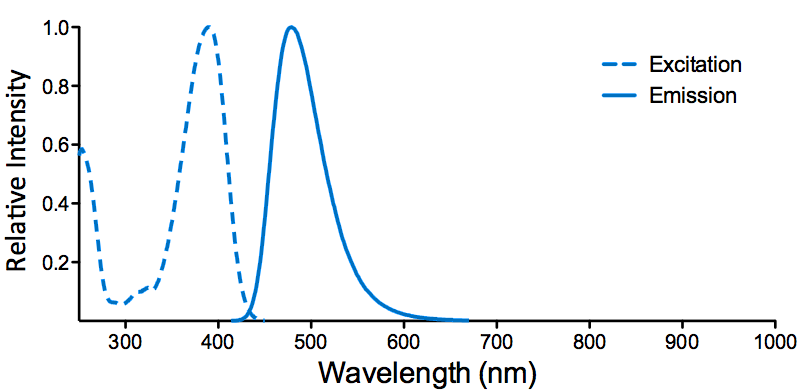
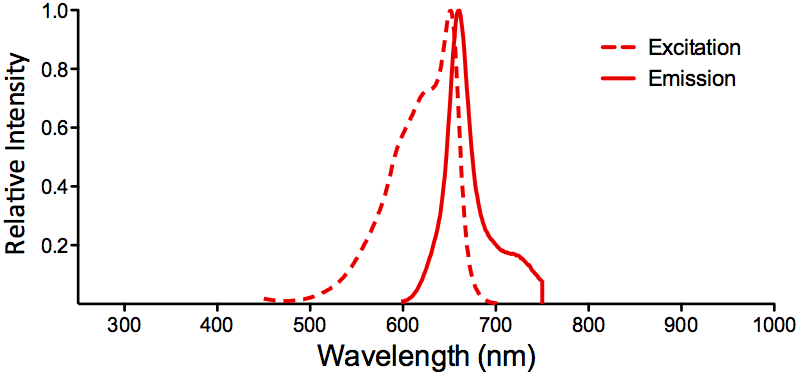
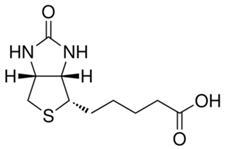
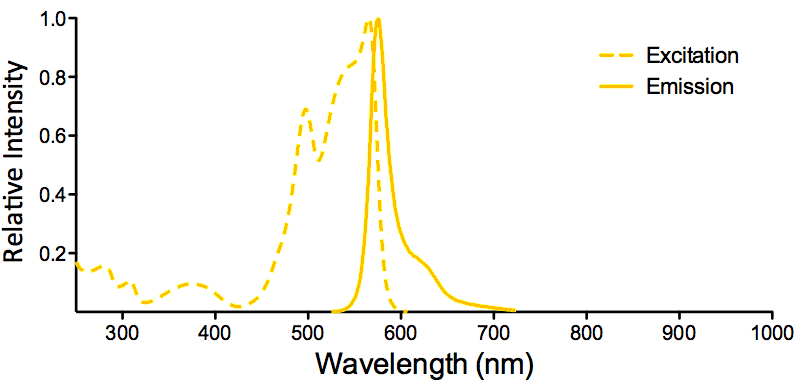
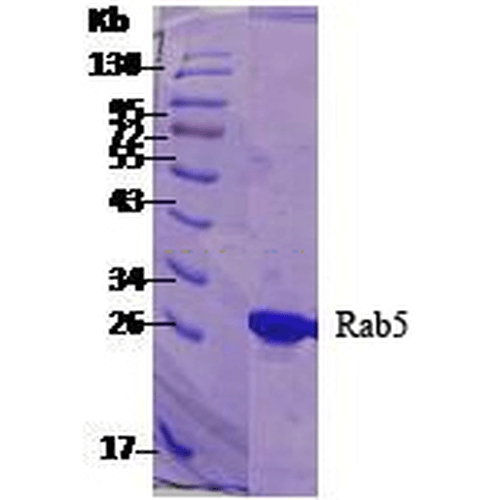
Reviews
There are no reviews yet.